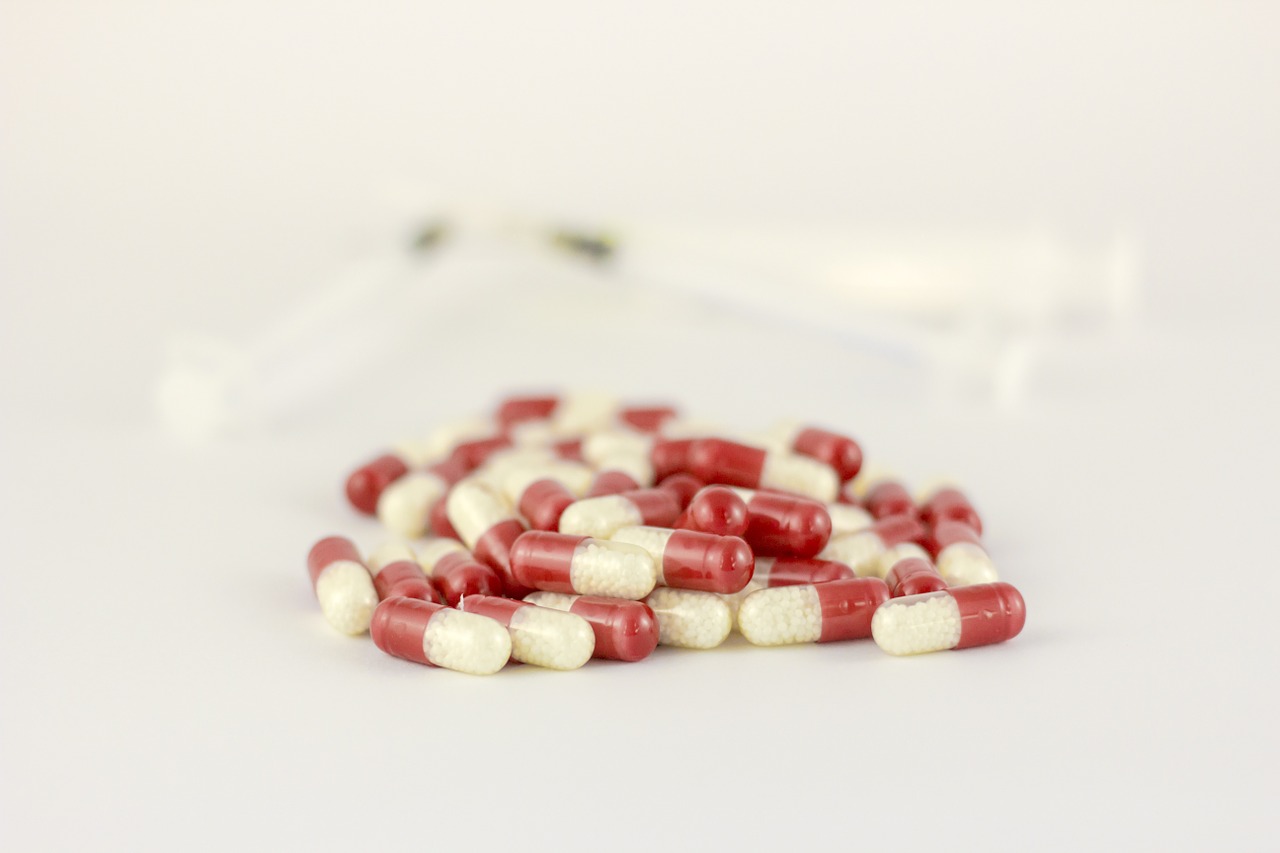Podcast: Play in new window | Download (Duration: 13:11 — 18.1MB) | Embed
On this episode, I breakdown the pharmacology of hydrochlorothiazide including adverse effects, drug interactions, and other clinical pearls.
Hydrochlorothiazide has common brand names of Microzide, Hydrodiuril, and its common abbreviation is HCTZ. Extra caution should be taken with “HCTZ”; it may be mistaken for other abbreviations. Hydrochlorothiazide works pharmacologically by blocking the reabsorption of sodium in the distal tubule of the kidney. The result of the pharmacology of hydrochlorothiazide is increased water, sodium, and potassium excretion. Due to hydrochlorothiazide’s mechanism of action, it makes it advantageous when used for blood pressure, edema, and heart failure in addition to loop diuretics.
Hydrochlorothiazide’s adverse reactions are due to its pharmacology. Frequent urination should occur so, dosing hydrochlorothiazide at night should be avoided. Loss of electrolytes should also happen, and the risk for hypokalemia, hyponatremia, and hypomagnesemia increases. Other adverse reactions include the increased risk of dehydration, increased uric acid concentrations, and hypercalcemia. The risk for hypercalcemia is not as concerning in lower doses. There is a potential for a sulfonamide allergy. If the patient has had an anaphylactic reaction with a sulfonamide-containing medication, hydrochlorothiazide may want to be avoided, or at least a risk/benefit assessment should be done. Another potential adverse reaction is an increase in blood sugar, but that is not typically concerning at lower doses. Electrolytes, as well as creatinine clearance, should be monitored to make sure kidney function, and electrolyte levels remain stable.
Drug-drug interactions that can occur with hydrochlorothiazide are additive effects that may happen when taken with other medications. The risk for an unsafe drop in blood pressure may increase if it is taken with PDE inhibitors, Sinemet, or SGLT2 inhibitors. Hydrochlorothiazide should be avoided with Lithium, the risk for toxicity increases when the two are taken concurrently due to Lithium concentrations being increased. The risk of an AKI increases if it’s taken with NSAIDs, ACE inhibitors, or ARBs; increased monitoring is warranted. Topiramate may increase the risk for hypokalemia, while vitamin D and calcium supplements may increase the risk for hypercalcemia. Hyponatremia may be more likely to occur if it’s taken with SSRIs, carbamazepine, or oxcarbazepine. Hydrochlorothiazide may blunt the effect of allopurinol if it’s used for gout. Since blood sugar levels may be increased, hyperglycemia can occur, but it’s typically not clinically significant.
In cases of intolerability, or overdoses, the manifestations are extensions of hydrochlorothiazide’s adverse effect profile. Most commonly, electrolyte depletion and dehydration will occur.
Show notes provided by Chong Yol G Kim, PharmD Student.
Be sure to check out our free Top 200 study guide – a 31 page PDF that is yours for FREE!
Support The Podcast and Check Out These Amazing Resources!
Meded101 Guide to Nursing Pharmacology (Amazon Highly Rated)
Guide to Drug Food Interactions (Amazon Best Seller)

